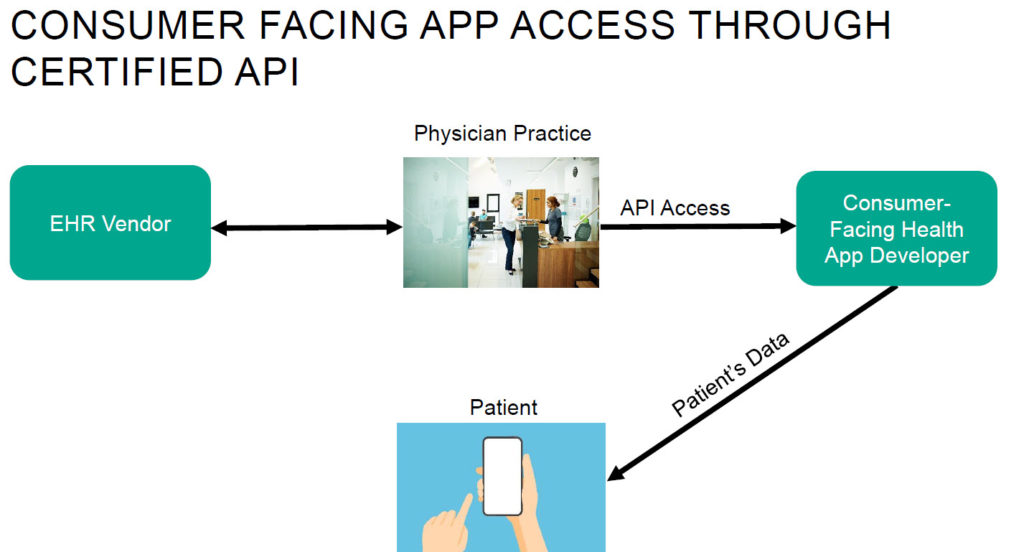What does December 31, 2024, mean to you? New Year’s Eve? Post-2024 election? Too far away to know?
Our answer: December 31, 2024, is when we will go over a “telehealth cliff” if Congress fails to act before that date, directly impacting care and access for Medicare beneficiaries. What is this telehealth cliff? Let’s back up a bit.
TELEHEALTH COVERAGE POLICIES
Current statute (1834(m) of the Social Security Act) lays out payment and coverage policies for Medicare telehealth services. As written, the provisions significantly limit Medicare providers’—and therefore patients’—ability to utilize telehealth services. Some examples:
- If the patient is in their home when the telehealth service is being provided, telehealth is generally not eligible for reimbursement.
- Providers cannot bill for telehealth services provided via audio-only communication.
- There is a narrow list of providers who are eligible to seek reimbursement for telehealth services.
COVID-19-RELATED TELEHEALTH FLEXIBILITIES
When the COVID-19 pandemic hit in 2020, a public health emergency (PHE) was declared. Congress passed several laws, and the administration acted through its own authorities to provide flexibilities around these Medicare telehealth restrictions. In general, nearly all statutory limitations on telehealth were lifted during the PHE. As we all know, utilization of telehealth skyrocketed.
The PHE ended last year, and through subsequent congressional efforts and regulatory actions by the Centers for Medicare and Medicaid Services (CMS), many flexibilities were extended beyond the end of the PHE, through December 31, 2024. Congress and CMS continue to grapple with how to support the provision of Medicare telehealth services for the future.
CMS has taken steps through the annual payment rule, the Medicare Physician Fee Schedule (MPFS), to align many of the payment and coverage policies for which it has regulatory authority with congressional deadlines. CMS has also restructured its telehealth list, giving more clarity to stakeholders and Congress as to which pandemic-era telehealth services could continue if an extension is passed. But CMS can’t address the statutory limitations on its own. Congress must legislate. CMS highlighted this in the final calendar year (CY) 2024 MPFS rule released on November 2, 2023, noting that “while the CAA, 2023, does extend certain COVID-19 PHE flexibilities, including allowing the beneficiary’s home to serve as an originating site, such flexibilities are only extended through the end of CY 2024.”
THE TELEHEALTH CLIFF
This brings us to the telehealth cliff. CMS generally releases the annual MPFS proposed rule in July, with the final rule coming on or around November 1. If history is any indication, Congress is not likely to act on the extensions much before the current December 31 deadline. This sets up the potential for a high level of uncertainty headed into 2025.
If we go over, this telehealth cliff would directly impact care and access for Medicare beneficiaries. The effects could be felt acutely in rural and underserved areas, where patients have been able to access, via telehealth, medical services that may have been out of reach for them in the past. The telehealth cliff would [...]
Continue Reading
read more

 Subscribe
Subscribe


